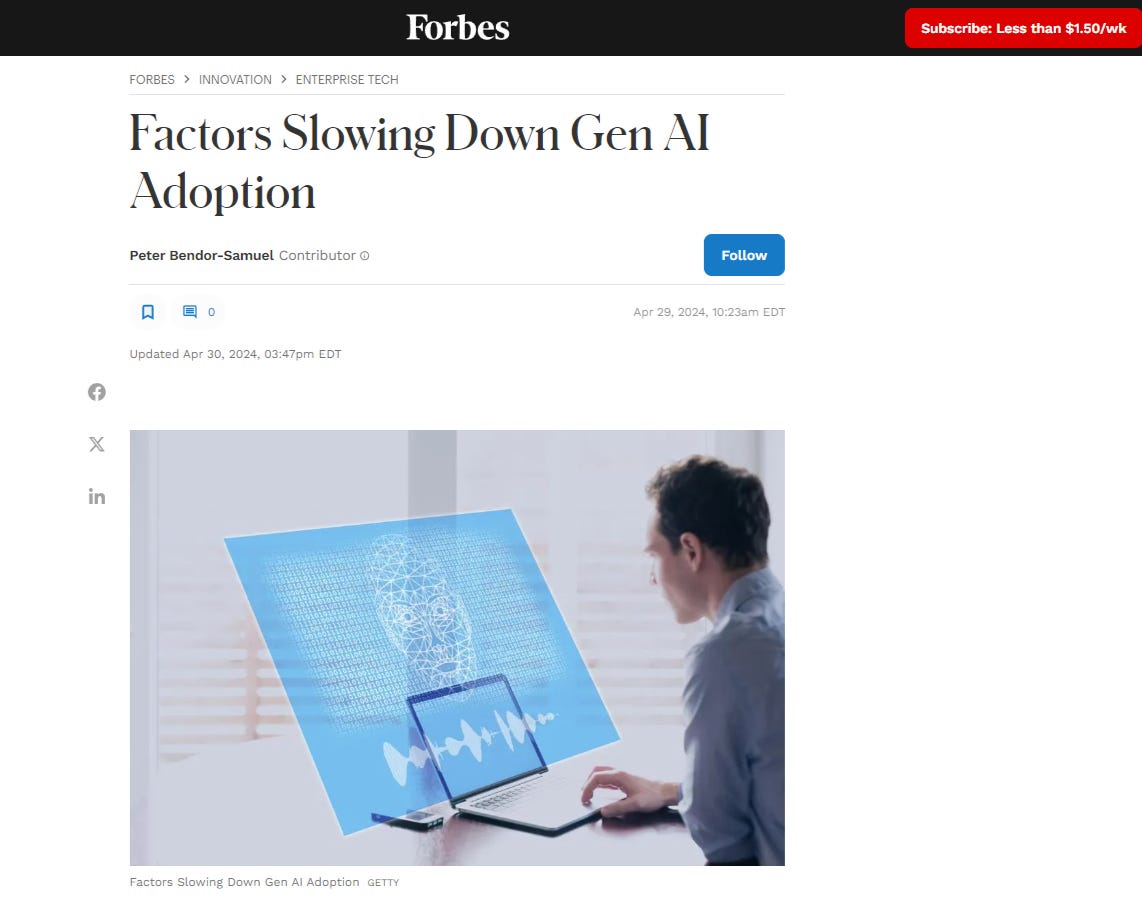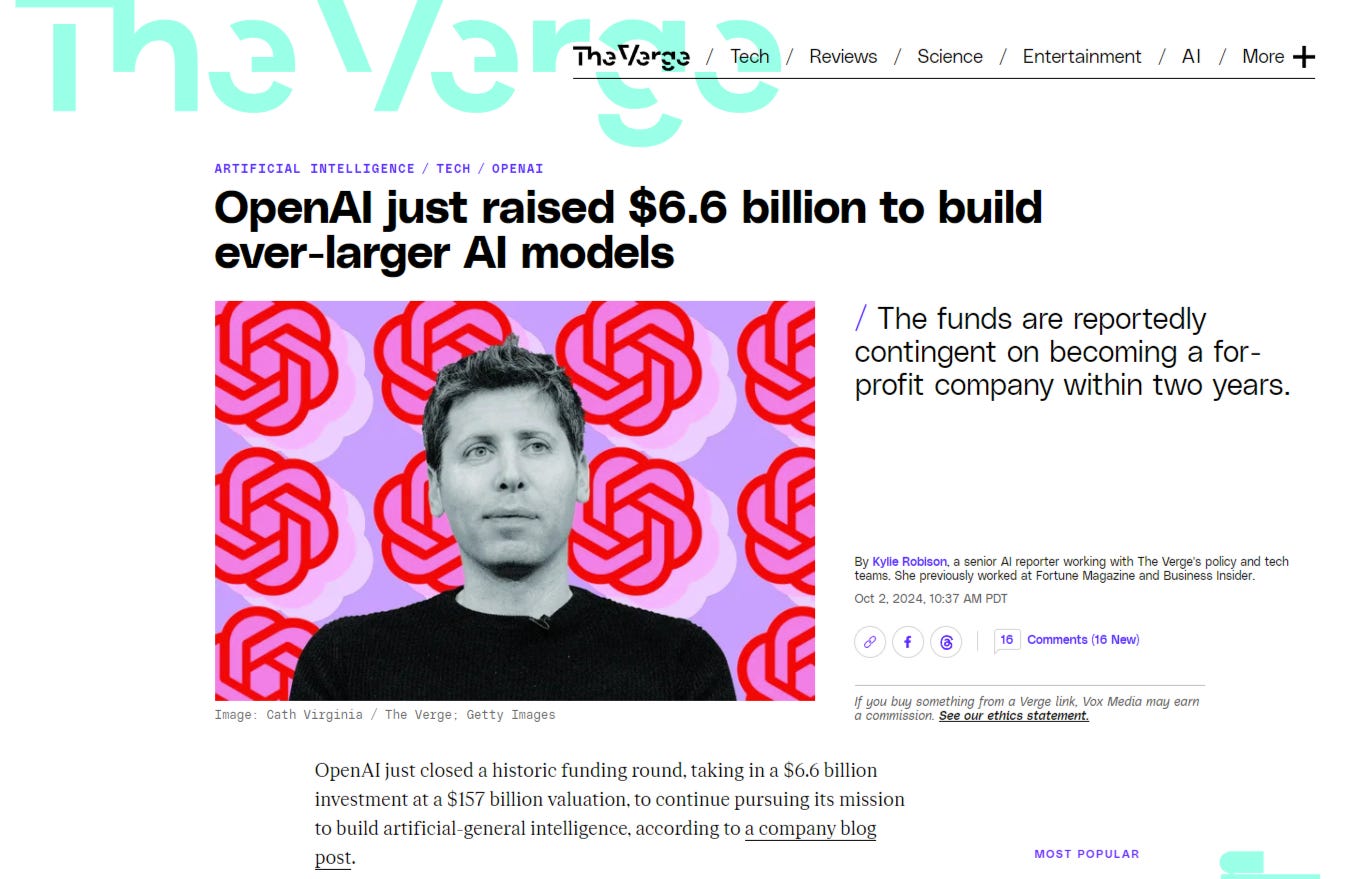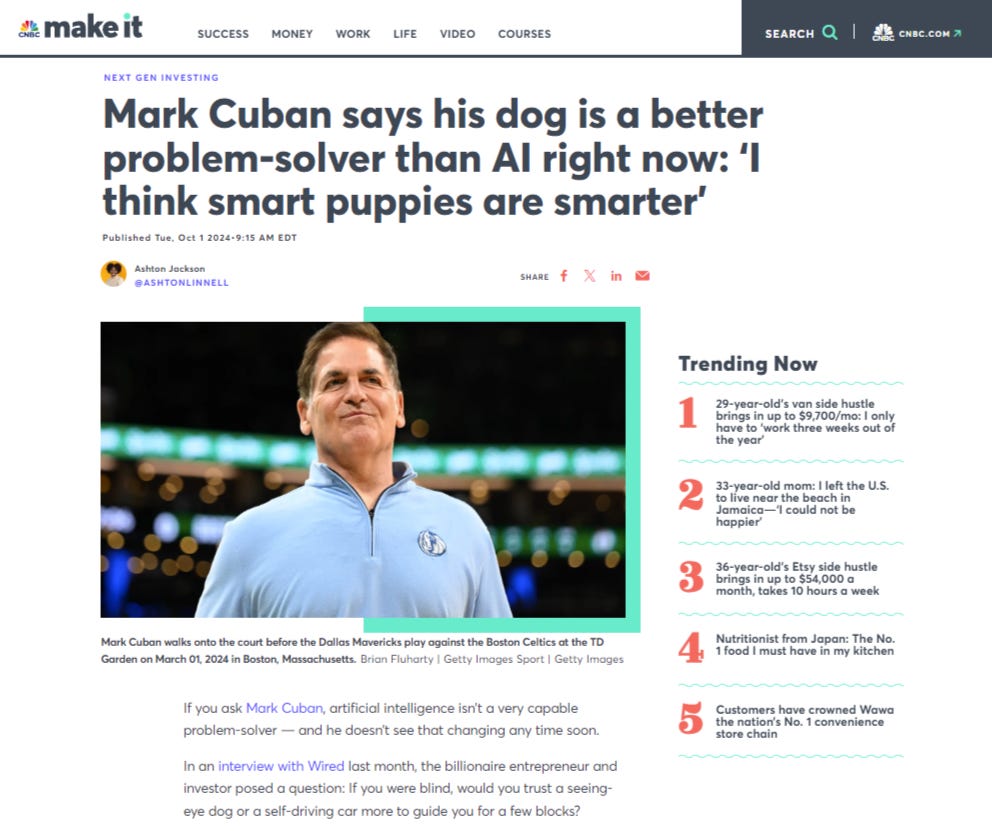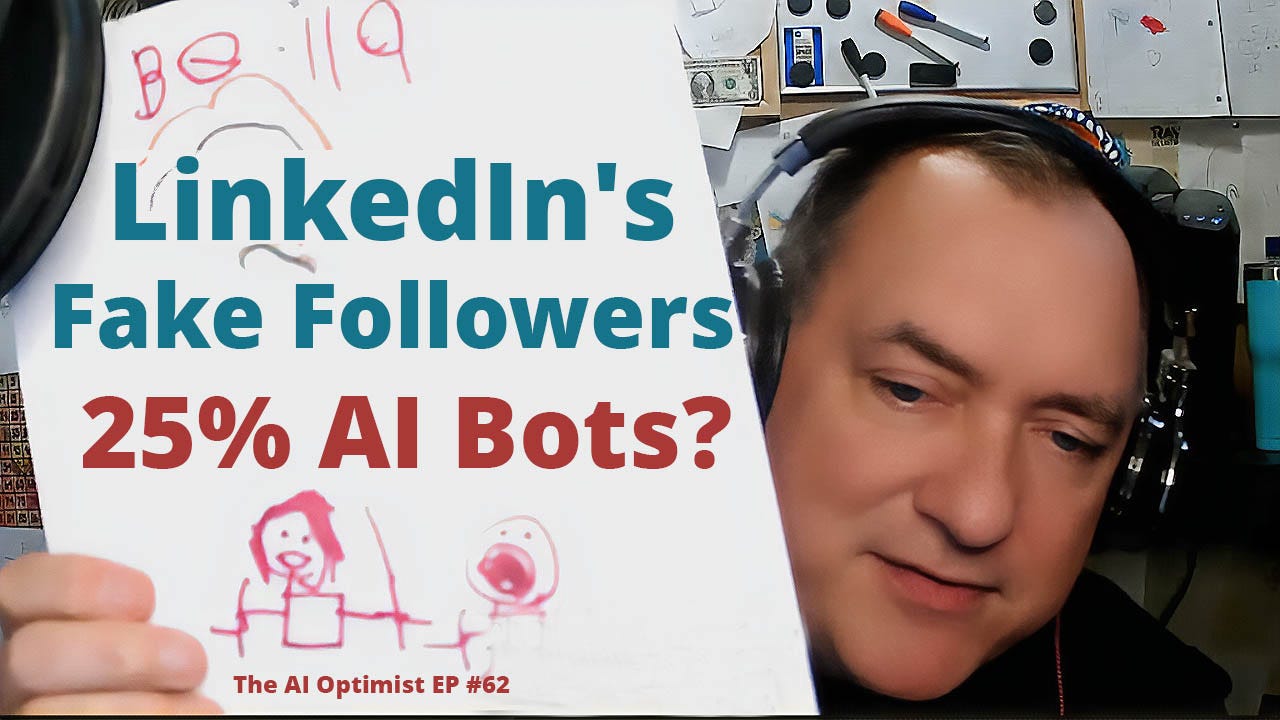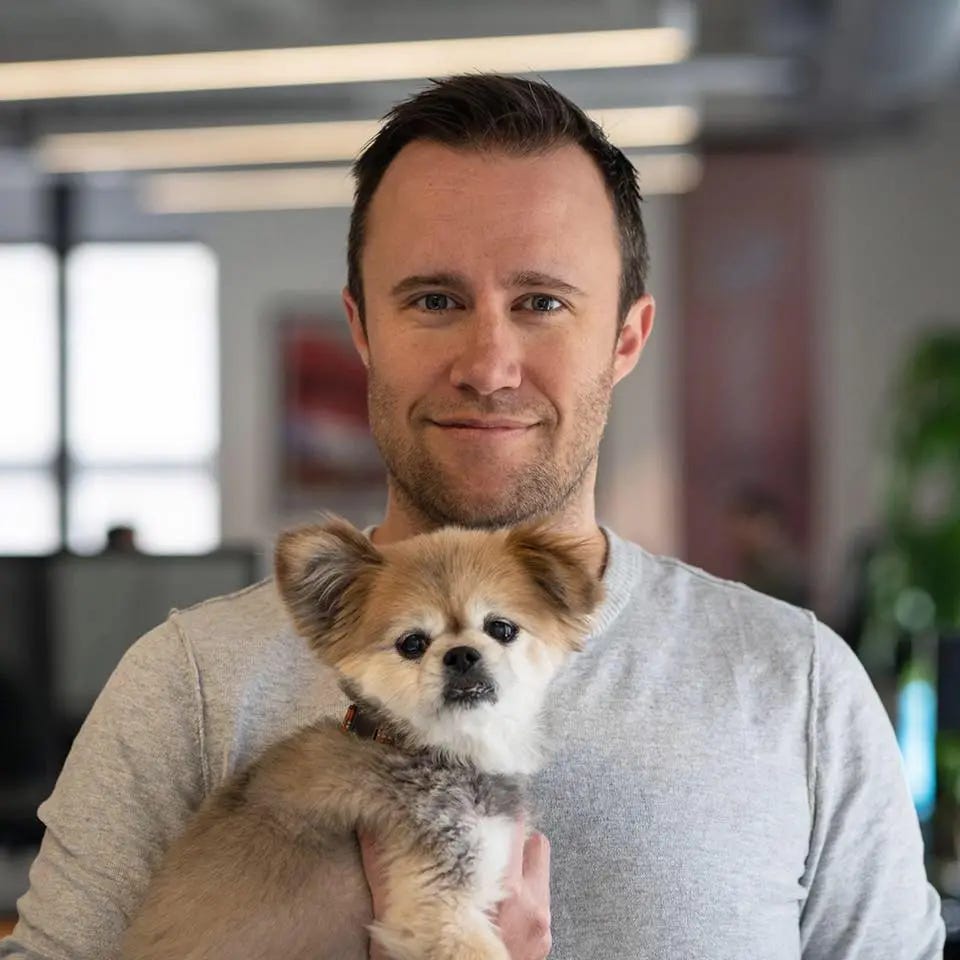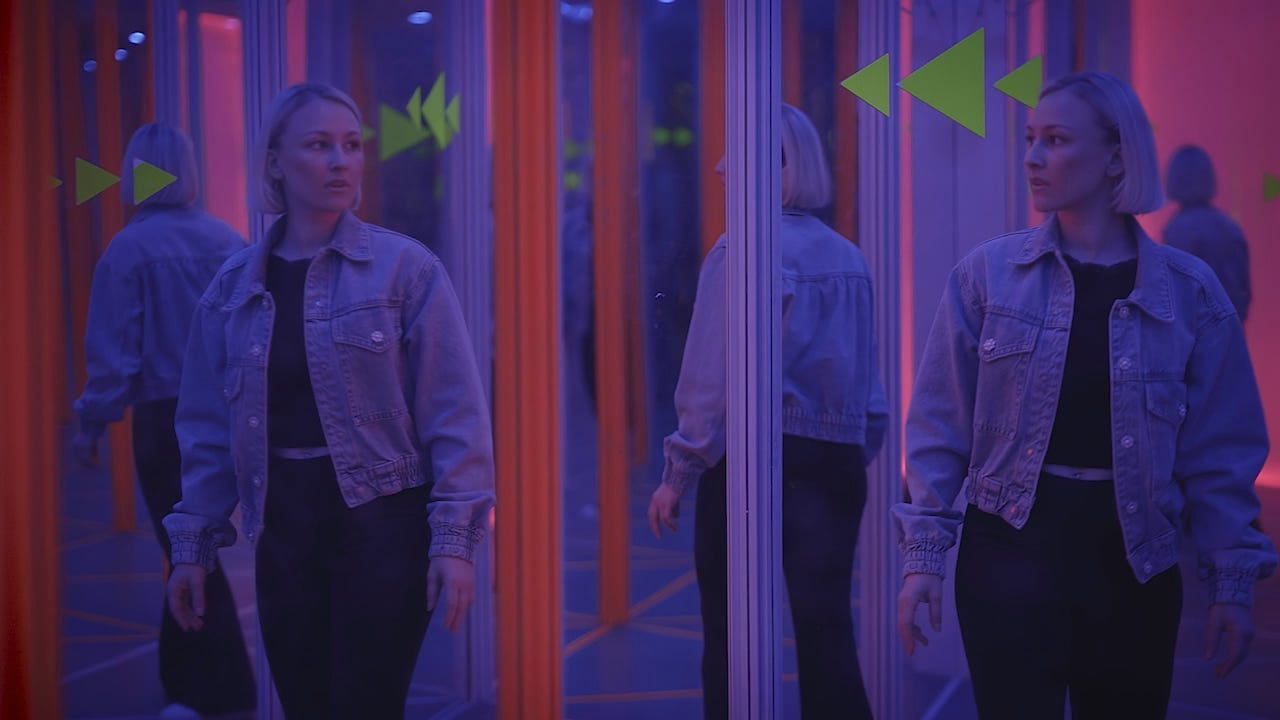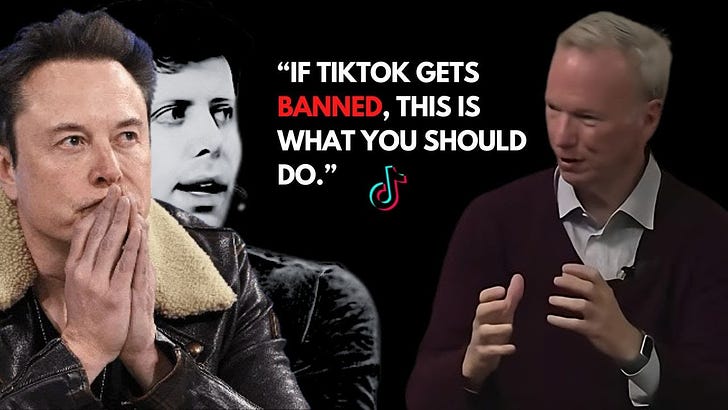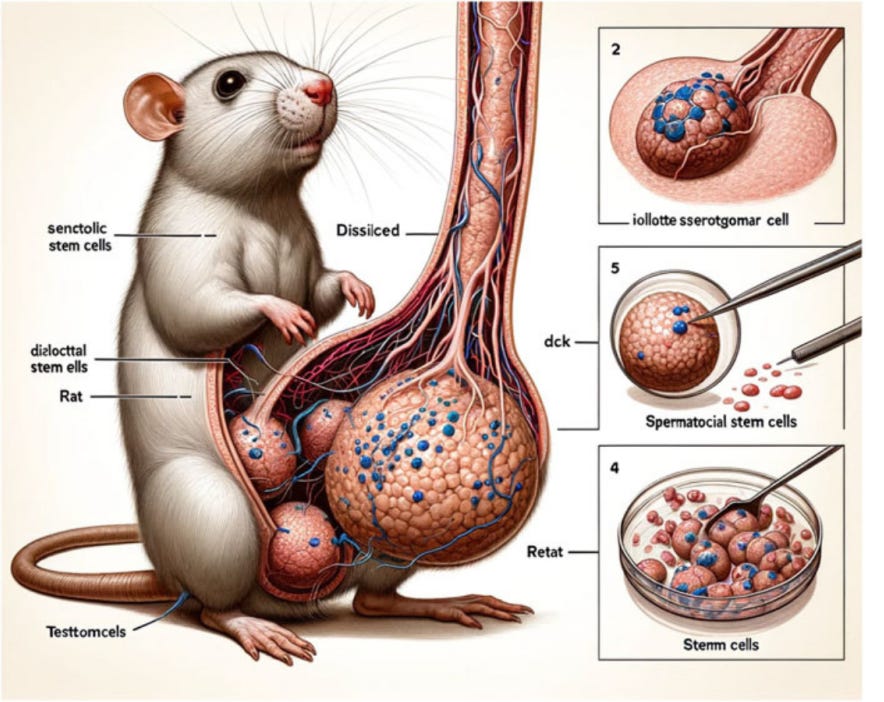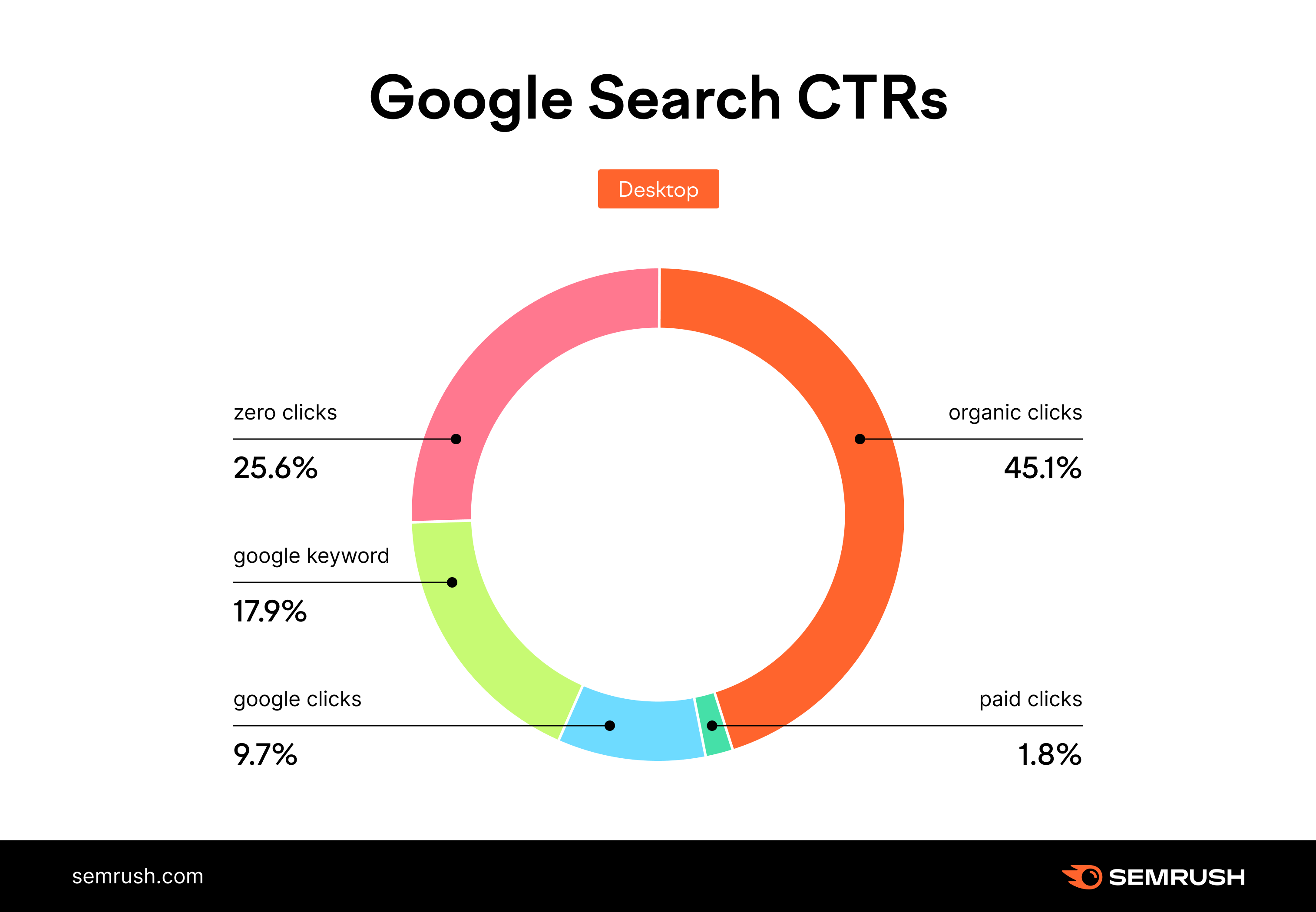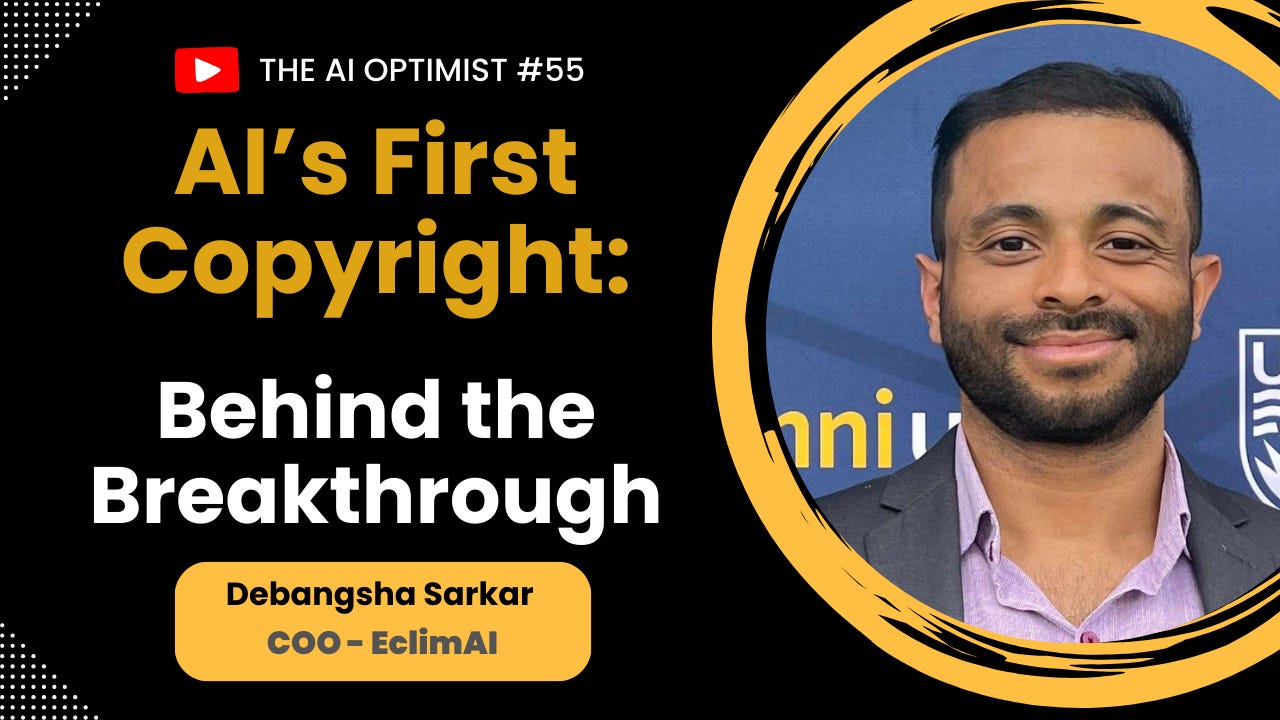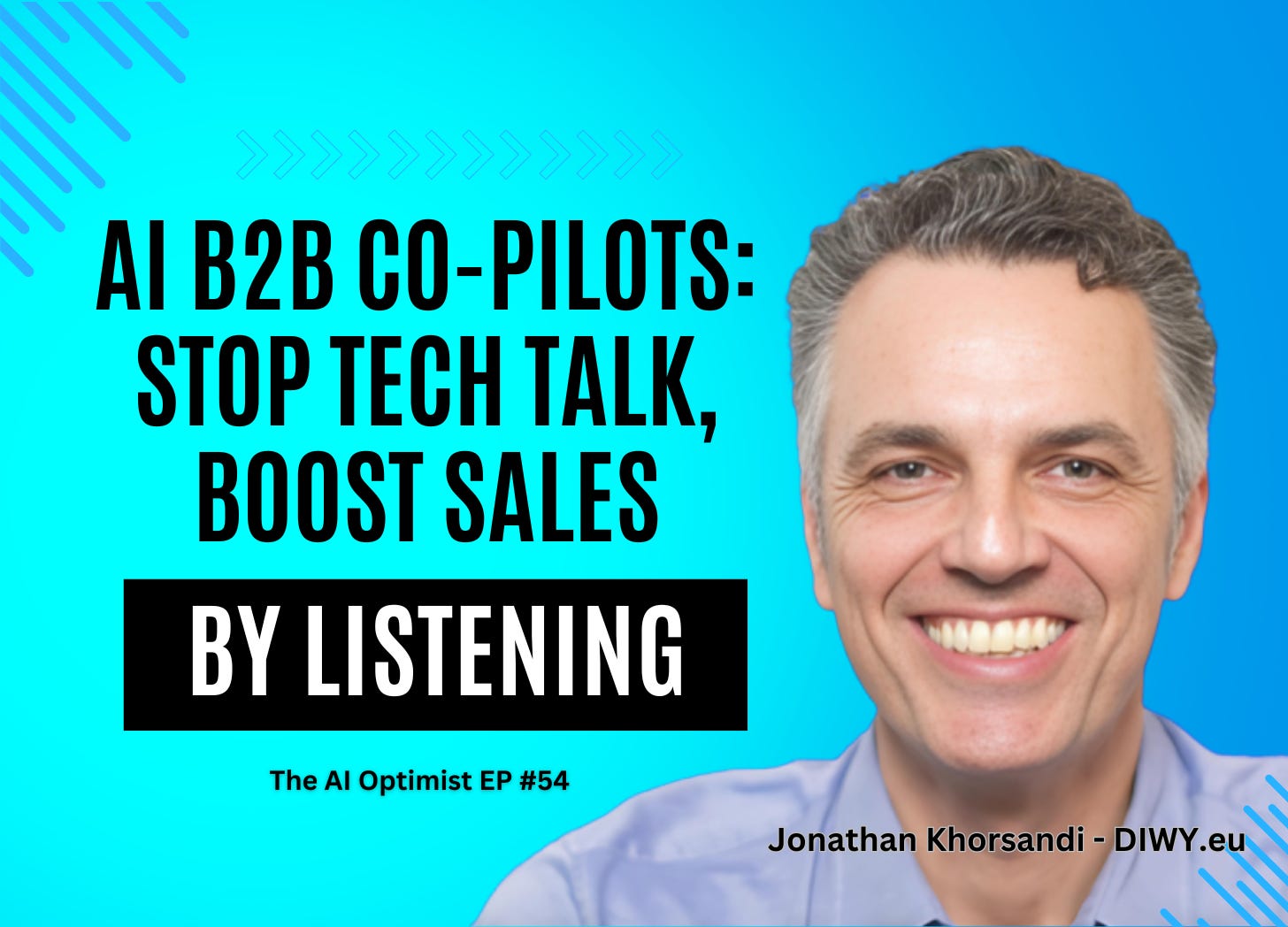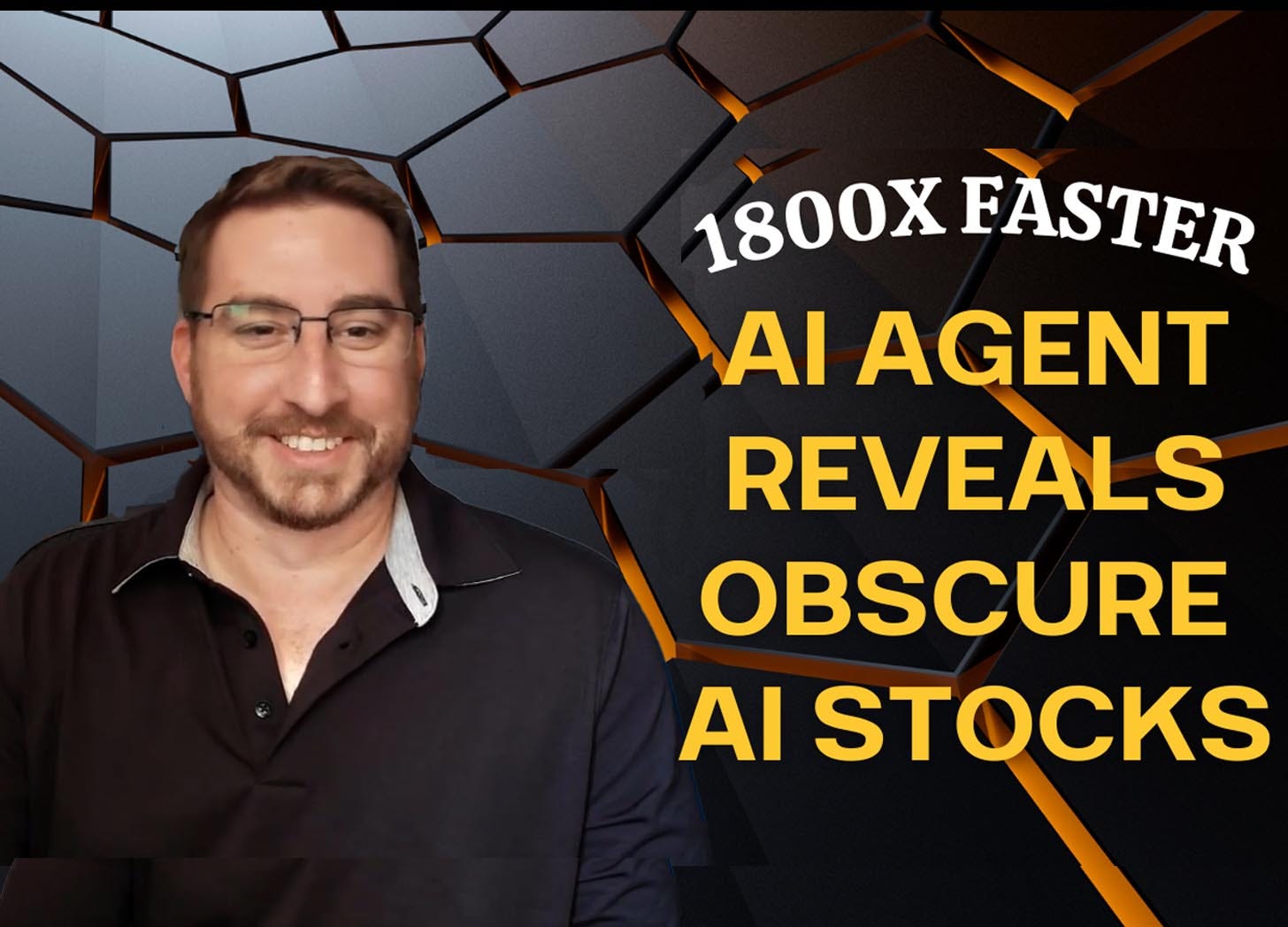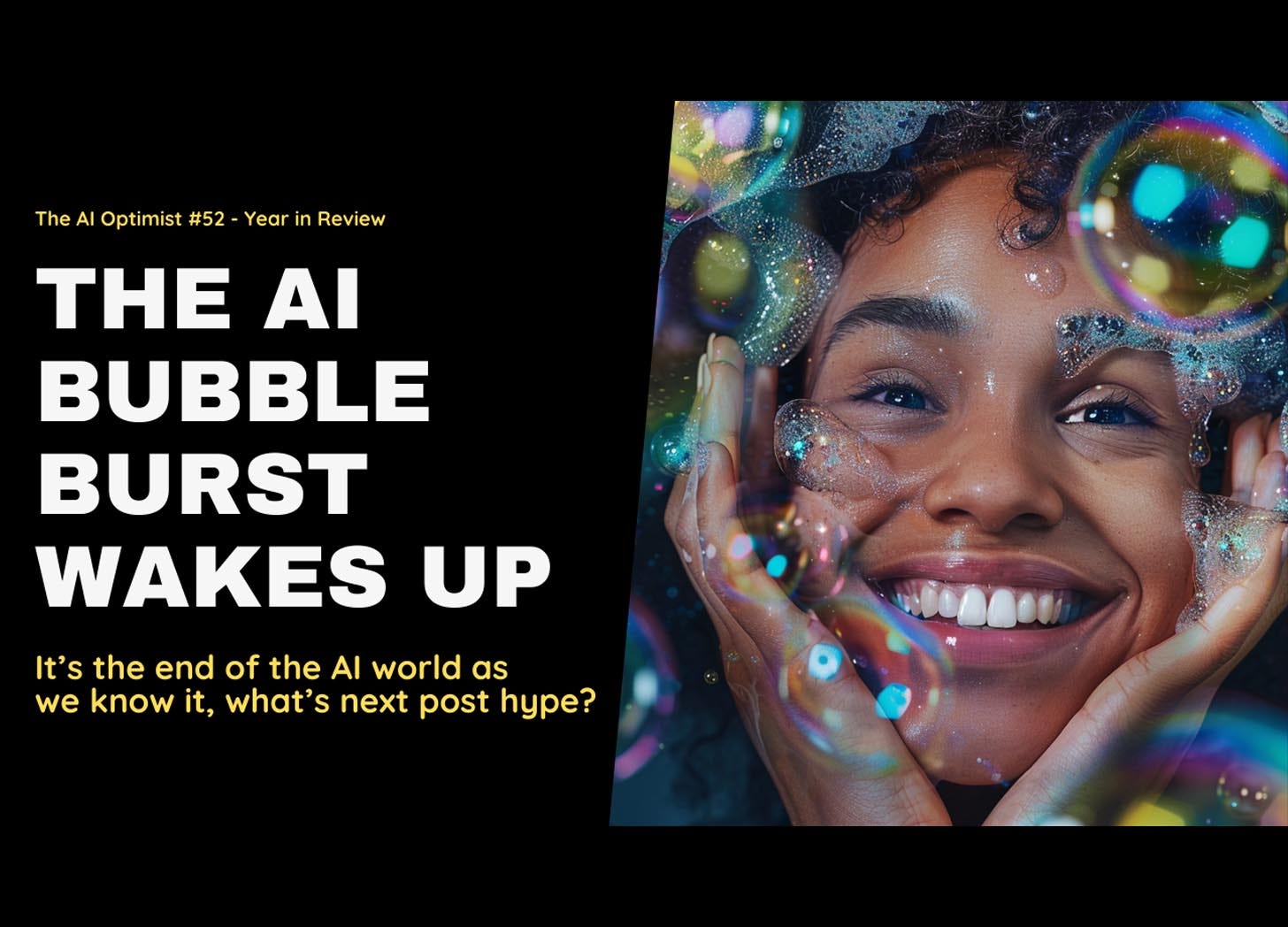The Trust Gap in Advertising: Why AI Models Beat Middle Managers
Description
From Art to AI: How Generative Models Are Reinventing Advertising
The advertising industry is about to experience its AWS moment.
Just as cloud computing transformed IT from a capital-intensive hardware business into an API-driven software model, AI is pivoting advertising from a labor-intensive creative process into a model-driven generation engine.
At the center of this Generative Experience experiment stands Hikari Senju, a Harvard-educated technologist who saw what others missed: the future of advertising isn't about better targeting or fancier platforms—it's about teaching machines to understand and evolve brand DNA.
For the past 50 years, advertising has operated like a game of telephone played across conference rooms.
Creative teams pitch concepts to brand managers, who relay requirements to designers, who pass assets to media buyers, who then try to translate everything into campaigns.
Each handoff introduces friction, loses context, and dilutes the original creative vision. The result? Billions in wasted ad spend and brands that feel more like committees than personalities.
It's a system that somehow survived into the digital age, but like all paper-driven processes, it's about to be washed away by generative AI.
What Hikari and his team at Omneky have built is effectively a "generative brand management" platform—think GitHub for brand evolution.
Instead of managing static assets and style guides, they're building and refining brand models that can learn, adapt, and generate in real-time.
These models don't just create ads; they absorb performance data, understand consumer engagement, and continuously evolve the brand's voice across every platform.
It's the difference between having a rulebook and having a living, breathing brand personality that can hold millions of simultaneous conversations while staying true to its core identity.
This isn't just a better way to make ads—it's the foundation for how all brands will express themselves in the AI age.
The Artist and the Algorithm
Picture a young computer science student at Harvard, drawn to machine learning and art, who spots something others missed: the future of advertising isn't in better targeting or fancier platforms—it's in teaching AI to be creative.
This is the story of Hikari Senju and how his unique vision is transforming advertising from a human guessing game into a data-driven science.
"I grew up in Westchester, New York. My grandfather was an executive at IBM, my dad's an artist. From a very early age, I had this environment full of art and creativity as well as technology, computer robotics competitions as a kid." - Hikari Senju
While studying at Harvard from 2011 to 2014, Senju encountered early generative models that would change his perspective.
"It was there when I saw some of the early generative models, some of the precursors to generative adversarial networks. I got very excited about the space. Particularly because of the idea of an AI or technology being artistic and being creative, generating art. I found even the possibility of that incredibly exciting."
The seed was planted: what if AI could bridge the gap between creative expression and data-driven results?
The Birth of a Data-Driven Content Generation Vision (2018)
After an early success with an ad tech company in college, Senju noticed advertising's biggest problem wasn't distribution—it was developing the creative.
“More than half of marketing budgets are wasted every year on ineffective content.
The quality of the design, the quality of the creative is the biggest impact in terms of driving sales.
And yet, people are throwing darts in the dark."
This realization led to the founding of Omneky in 2018, with a laser focus on creative content generation. As Senju explains:
“First off, it was the biggest lever, the step change of this technology would enable.
And I think as a startup, you want to pick your bets carefully... If it's just incremental productivity boost, then it kind of favors incumbents who have those distribution advantages."
The Science Behind the Magic
What makes Omneky's approach unique isn't just generating content—it's building living, breathing brand models that learn and adapt.
The system works through a sophisticated process that Senju breaks down into several key components:
### 1. Brand DNA Extraction
“We train on the corpus of the customers' historical content that they've published, their social media, their brand books.
We have a whole brand management page for customers to upload all the brand assets and give it brand rules and brand guidelines."
### 2. Rule-Based Learning
The system learns not just what to do, but what not to do:
“What words can you not say? What words can you say when you're generating imagery?
What kinds of imagery are you seeking?
What are the rules when it comes to displaying your logo that you cannot violate?"
### 3. Dynamic Optimization
“Our edge is really not just about generating the creative content, but linking it to the data from the distribution platform.
What types of content is having higher click-through rates and return of ad spend based on the various ad networks and ad platforms, how do we incorporate that data into the generation process?"
### 4. Creative Brief Innovation
The platform changes how creative briefs are developed:
“We have a creative brief tool that generates ideas for consumers to test.
Customers will input the objectives of their campaigns, the audiences that they're targeting.
And then we will suggest the platforms to advertise.
We will suggest the copy, imagery. We'll even generate sample mood board imagery and sample product photographs."
Beyond Digital Asset Management
The traditional world of static brand guidelines is giving way to what Senju calls "generative experience management":
“In the old world that we used to live in, it was the world of digital asset management—static brands, static assets.
But we're going to live in a world in the future where all the assets are going to be generated on the fly in real-time, based on personal data, based on what's trending, based on all the new learnings."
This shift changes how brands maintain consistency while staying dynamic:
“Brands want to make sure that as they're scaling that brand experience, that they're also regaining control of that and that brand experience is consistent across different advertising platforms, across different social platforms, across different display platforms or streaming platforms."
The AI Agent Revolution
The latest is Omneky's move toward autonomous AI agents that can manage entire advertising campaigns:
“We're working on AI agents for automating media buying and helping businesses be even more agile when it comes to launching and optimizing creative content.
The AI agents can be more agile and run 24/7, to take into account real-time signals of the market."
Breaking Down Organizational Silos
Senju identifies a critical problem in traditional advertising structures:
“Think about the inefficiency in organizations today when it comes to creative, especially if you're a larger company. You tend to have a marketing department and a creative department.
Those two departments don't necessarily speak the same language.
The marketing team tends to be more involved in data.
The creative team tends to be more involved in stories of the big idea."
The solution? AI agents that bridge this gap:
“In the future, AI systems will be way more efficient. An AI system will in real time incorporate data from marketing into the generation process.
And you won't have to have cross-team communication and layers of people communicating with each other to execute an idea. It'll be in real time."
Democratizing Advertising
One of the most profound impacts of this technology is how it levels the playing field for startups:
“You can run an effective advertising campaign with something as small as a $100 budget, generate some effective creative and run that as an ad and get potentially dozens of customers.
The entry ticket for running an advertising campaign historically was much, much higher than that."
This is particularly powerful for new businesses:
“This hyper targeting benefits startups. It's not necessarily that valuable for a big brand that already has incredible distribution.
Everyone knows their brand. It's really that startup that's just starting but needs to find its first 100 customers, first thousand customers, that that hyper targeting is incredibly valuable."
The Future is Platform-Agnostic
While major platforms like Meta are developing their own AI advertising tools, Senju sees a different future:
“Advertisers do not want to delegate the brand to Meta. They want to manage their brand. They want to control their brand...
Consumers are engaging with brands not just on Meta, but on YouTube and TikTok and Pinterest and Snapchat and all the various streaming platforms."
The Power of Independence
This platform-agnostic approach offers unique advantages:
“What advertisers will seek is for an AI agent to orchestrate their brand across those platforms...
An agent can see the performance of every single advertising platform, the return of ad spend, incremental revenue gain across all different platforms in real time across budgets."
Looking Ahead: The Model-Driven Future
The transformation from traditional




